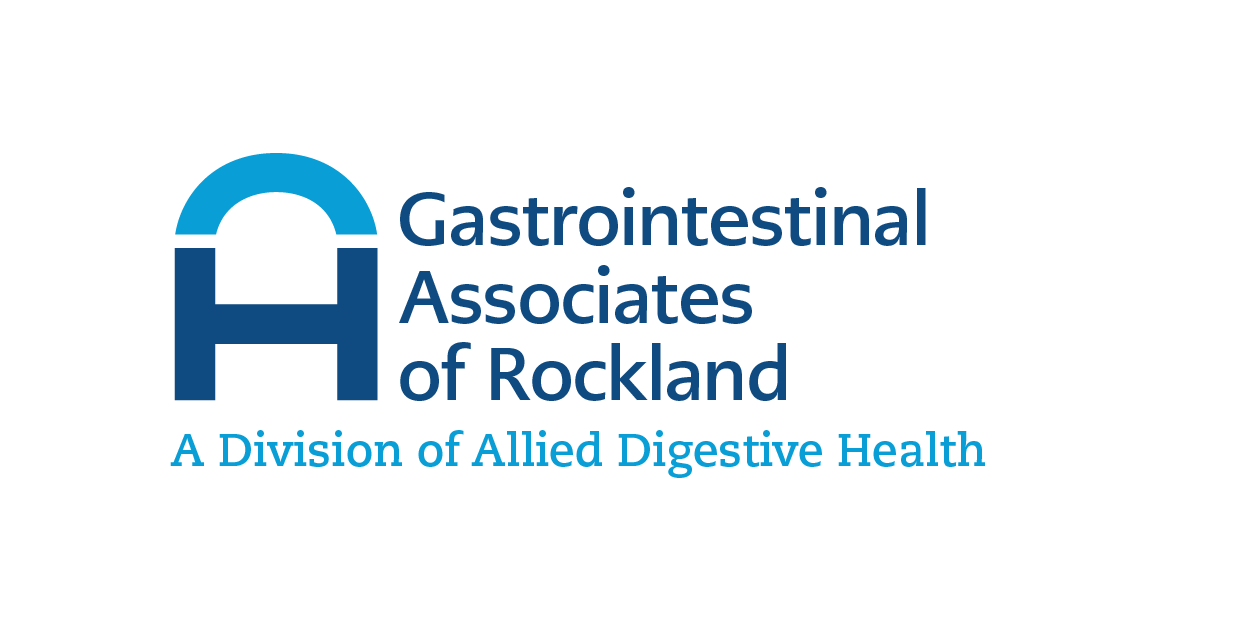What is Fecal Transplant?
For recurrent cases of C. difficile, a doctor may recommend bacteriotherapy, or a fecal transplant. Fecal microbiotica transplantation (FMT) involves transferring of healthy bacteria from a donor’s stool to a patient’s intestine to restore the proper balance of bacteria in the intestine so the immune system can be restored. Fecal transplant is quickly becoming accepted as a safe and effective treatment of C. difficile infection of the colon.
Why is Fecal Transplant Done?
A person’s digestion depends on a delicate balance of healthy bacteria in your intestines. Sometimes, the good bacteria in one’s body can be disrupted by sickness or medication, and one may develop an infection caused by bacteria called Clostridium difficile or C. difficile, for short.
Symptoms of C. difficile are:
- Watery diarrhea
- Nausea
- Loss of appetite
- Fever
- Abdominal pain and tenderness
Although C. difficile is rare, it can develop after taking antibiotics because of an illness. Antibiotics are very helpful in eliminating bacteria-related illness, but they are so powerful that they can eliminate the healthy bacteria in one’s digestive system as well. When the healthy bacteria are gone, people are more susceptible to developing a C. difficile bacterial infection. It is also possible to develop C. difficile if someone has been hospitalized and you are exposed to C. difficile spores. C.difficile can be very difficult to eliminate. If someone is diagnosed, the doctor will treat the infection with an antibiotic such as metronidazole, vancomycin or fidaxomycin that specifically targets the C. difficile organism. This treatment is effective for about 70 percent of patients. For the remaining 30 percent, the C. difficile infection returns within days or weeks after finishing the antibiotic. The doctor may suggest a second round of antibiotics, but sometimes the infection returns again. Should the infection return again or does not respond to antibiotics, then the doctor often recommends fecal transplant. FMT can cure c.difficle infection in over 90% cases.
How Does One Prepare for Fecal Transplant?
Up until recently, the most challenging part of offering fecal transplant was 1) identifying a healthy donor free of diseases, infections or recent antibiotic use to provide a stool specimen; and 2) preparing and processing the donor stool for implantation in the recipient’s colon. This process has been greatly simplified by Openbiome, a non-profit stool bank dedicated to providing safe and readily accessible donor stool specimens for fecal transplant. This way, our doctors and patients don’t have to worry about finding a donor to provider a stool specimen.
The patient is instructed to prepare for this procedure much in the same way he/she prepares for a regular colonoscopy. The doctor will review all the patient’s medications and decide whether any of them, particularly antibiotics, need to be stopped before the procedure. Patients will be required to restrict their diet starting 3 days before the procedure. Patients will usually start to drink a strong laxative several hours before the procedure time.
How is Fecal Transplant Performed?
The procedure is performed at a hospital or outpatient center. The fecal transplant is performed by colonoscopy or nasoduodenal tube, a tube which is inserted through the nose and feeds down into the stomach and into the small intestine. Most commonly though, the fecal transplant is done by colonoscopy.
Patients will first change into a gown and their belongings will be stored in a secure area. An intravenous (IV) needle is placed in a vein in the arm so sedatives can be administered. Sedatives help patients stay relaxed and comfortable. Most patients fall asleep with sedatives during the procedure. While patients are sedated, the doctor and medical staff monitor vital signs. Patients continue to breathe on their own throughout the procedure.
Patients lie on their left side on an examination table. The doctor inserts a long, flexible, lighted tube called a colonoscope, or scope, into the anus and slowly guides it through the rectum and into the colon. The colonoscope is advanced through the length of the colon and sometimes into the very end of the small intestine called the “terminal ileum”. It is primarily in the right side of the colon and is where most, if not all, of the liquid donor stool is placed. The colonoscope is promptly withdrawn and the procedure is completed.
What Happens after Fecal Transplant is Done?
Patients will remain at the surgery center for a specified time after the procedure for monitoring. Patients will be instructed to hold the stool and not have a bowel movement for 2 to 4 hours after the procedure. The doctor may order some over-the-counter loperamide or an antidiarrheal medication, and also some specific dietary instructions. Depending on the doctor’s recommendations, patients may be able to resume normal activities the following day.
What are the Risks Associated with Fecal Transplant?
While the true long terms risks of fecal transplant are not well known as it is a fairly new treatment, there have been few side effects. Some patients can exhibit diarrhea, constipation, abdominal pain or increased flatulence. Researchers are conducting long-term studies of fecal transplant to identify if they are any other side effects.
As for colonoscopy, the risks associated with it are better known and low. Bleeding can occur from a biopsy or removal of a polyp or growth from the colonoscopy, but such bleeding often stops on its own or can be controlled through the colonoscopy. Perforation (a hole or a deep tear in the lining of the colon or rectum) may require surgery, but this is an uncommon complication. Injury to other organs such as the spleen can occur, but is very rare. Other risks involve complications related to the anesthetics and sedatives (breathing difficulties, aspiration) or complications related to heart and lung disease.


